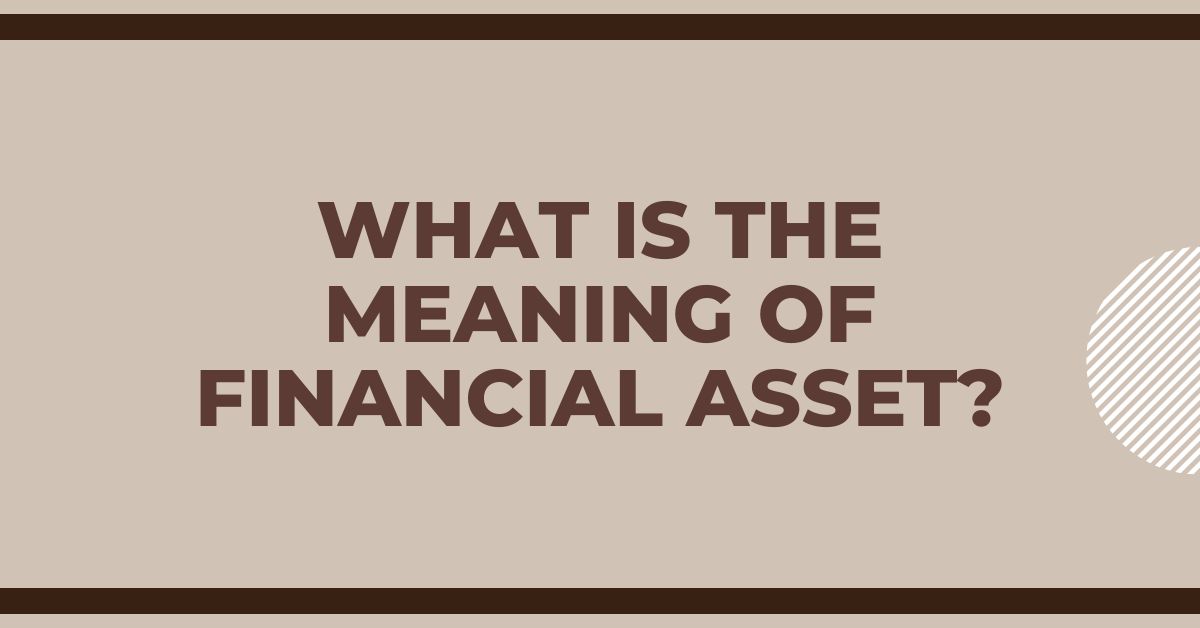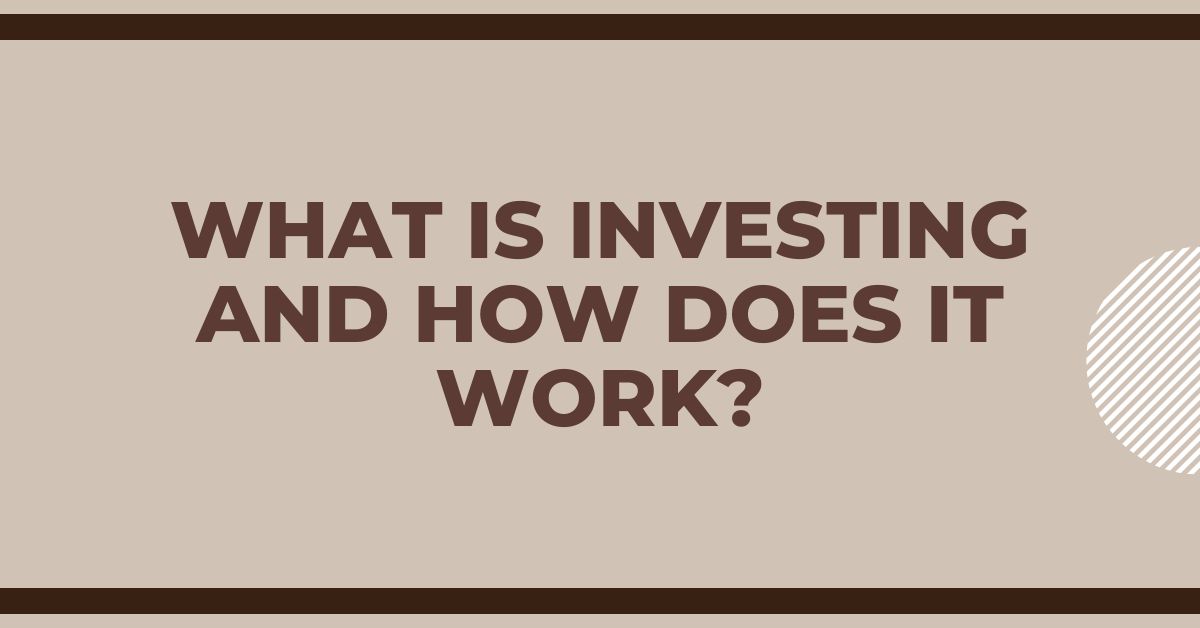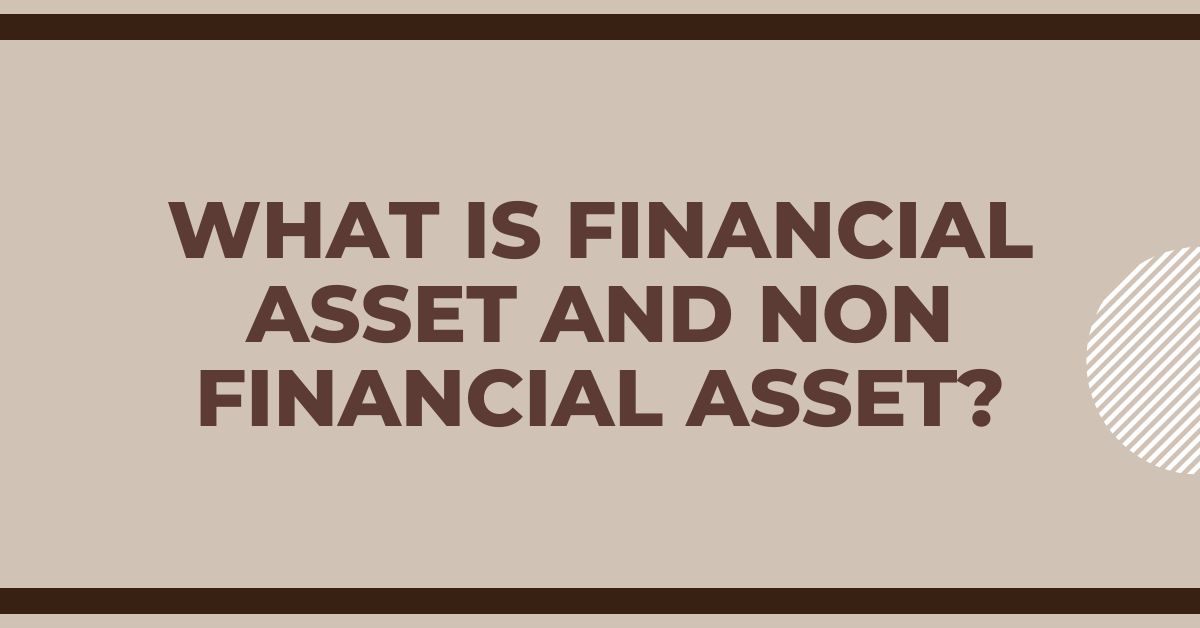The stock market can be unpredictable and unsafe. However, certain investments are better than others. This post will help you determine which one of these investments is safe. Here are some of the best options:
High-yield online savings account
It is a good option if you want the safest way to invest your money. It is a savings account that offers competitive interest rates (currently averaging 1.65%). In the case of the stock market tanks, you’ll still have access to your money anytime.
Dividend stocks
Dividend stocks are one of the safest investments because their value increases over time automatically, without any effort. Sometimes even when the stock market crashes, these stocks can still grow in value. This one is more technical and elaborate, but you probably already know it.

Certificates of deposit CD’s
CDs are relatively safe investments, with average rates ranging from 1.25% to 2%. They are also easy to access and withdraw your money whenever you want, without losses or penalties. You can also convert your CD into a money market account when you wish to withdraw some cash.
Corporate bonds
There are different types of corporate bonds that you can invest in, but they are all pretty safe. The attractive interest rates and high safety make these bonds a good investment. Most of them also have a minimum investment of $1000. Where to buy these bonds? You can find a suitable exchange to buy them through eBay and other online sources.
Exchange-traded funds (EFT)
They are similar to mutual funds but can be more affordable and provide more liquidity for investors. They are low-maintenance investments with easy access to your money when needed. They provide a better return than CDs or money market accounts and are considered safe investments. EFTs can be bought through a brokerage or directly from the ETF provider.
Real estate
Investing in real estate is risky and complicated, but it can also be gratifying. It is considered one of the best long-term investments. The safest way to invest in real estate is through mutual funds or ETFs that invest in commercial properties or large residential buildings.
Crypto currency
Cryptocurrency is probably the newest form of investing and has no accurate track record. That said, it’s still a pretty safe investment if you use the right platform. The best option is to use a wallet like Coinbase, which was designed to be safe and easy. According to their CEO, they have invested $100 million to ensure their platform is secure.

Private business
Investing in your own small business is hazardous, but it is a good investment if you own a profitable business. It all depends on how much time and money you are willing to invest. Many companies fail when operated by the owner, so make sure you create a good plan and follow it.
Mutual funds
Mutual funds are highly recommended as long-term investments. They provide diversification through investing in different stocks, bonds, or other assets. The rates are also competitive and very safe. However, certain types of mutual funds can be risky, so you need to be knowledgeable about them and research the fund before investing.
Money market funds
These are relatively safe because they have no risk of default, and your money is sure to be safe for the time you invest. It can be used to borrow money, but the interest rates are low and depend on the prime rate (which changes from time to time). You can buy these from your local bank. (This one is more technical and elaborate, but you probably already know it.)
Individual stocks
They are risky because they are the most volatile type of investment, and you can lose a lot of money in a short period. However, investing in the right company at the right time can be very rewarding. You need to spend a lot of time researching companies before investing and ensure you’re up to date.
Investing in an asset class that you know very well is best. This way, you won’t use amateur judgment when making investment decisions. If you are new, start with a conservative investment like a savings account, which allows withdrawal anytime. As your income and the value of your assets grows, you can gradually move up to safer investments with higher returns. Check out this post about 5 Safe and Secure Investments for Beginners for safer investments.










